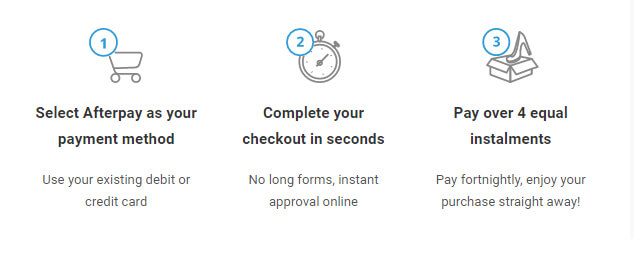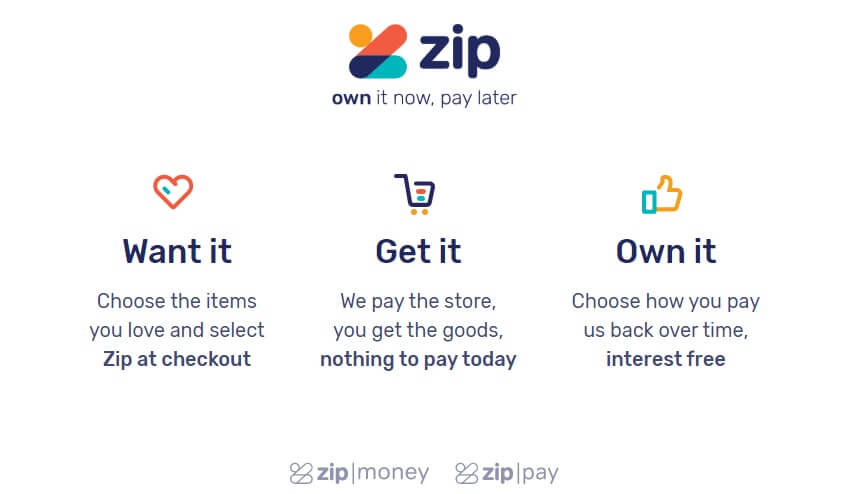SAME DAY SHIPPING!
Hurry offer expires in
Nuisance barking is one of the major dog-related problems that we face as dog-owners. A dog constantly barking at unnecessary things and situations often disrupts the peace and quiet...
...not only in your home but can also be in the entire neighbourhood - this may get you into bigger trouble.
So, training your dog with a good bark collar is fundamental that you need to learn and practice.
Today, I will share the basic techniques that helped me reduce my dog’s unnecessary barking by 60% without costing too much of my time and without causing such a big impression on my dog’s personality - with the help of a high-quality dog bark collar.
How To Train a Dog Using a Bark Collar?
7 Effective Steps to Train Your Dog Using an Anti-Bark Collar (Click on each item to discover more)
Training a dog with a good quality bark collar will help you reduce the nuisance barking to appropriate levels in the least amount of time while having a very little impression or change to the dog’s personality.
Now, it is really important to have an excellent type of bark collar because we do not want to change the dog’s temperament when he gets the corrections - we want the dog to get the least amount of impact.
Get a High-Quality Bark Collar To Establish Safety For Your Dog During the Bark Control Training
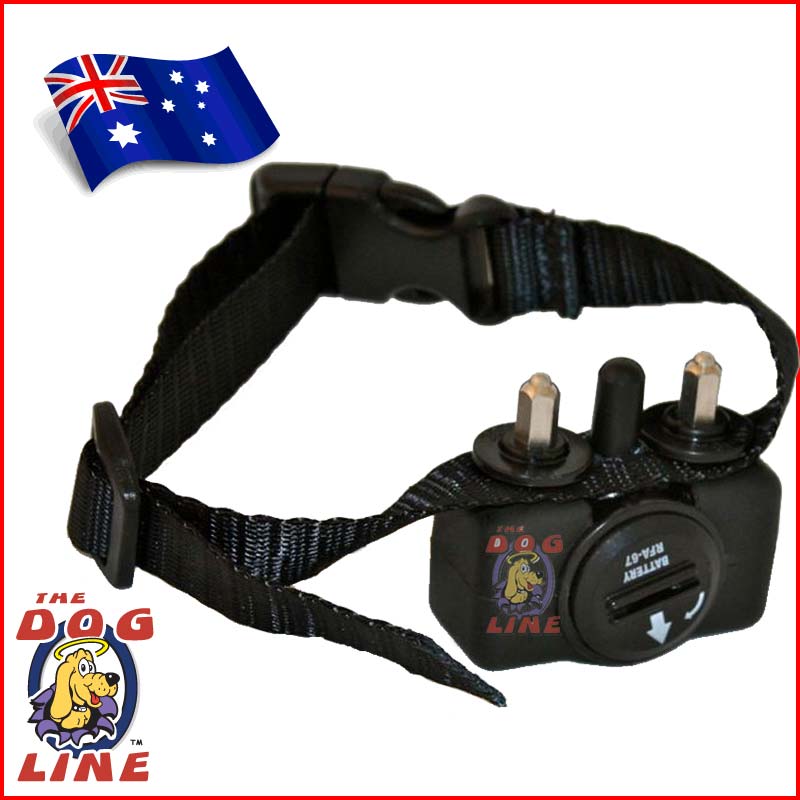 This is indeed the first step that you should carefully take when using a bark collar to train your dog for bark control.
This is indeed the first step that you should carefully take when using a bark collar to train your dog for bark control.
Choosing safe quality bark collars for your dogs will positively determine his safety and security - this should be your main concern.
There are lots of other anti-bark collars online that do not even pass for the Australian standard of use. Don’t fall prey to these cheap collars.
Our bark collars, on the other hand, are approved by the ACMA (Australian Communications and Media Authority) - this means that these e-collars pass the Australian safety standards.
Read and Follow the Training Guide that We Include in Every Bark Collar Package
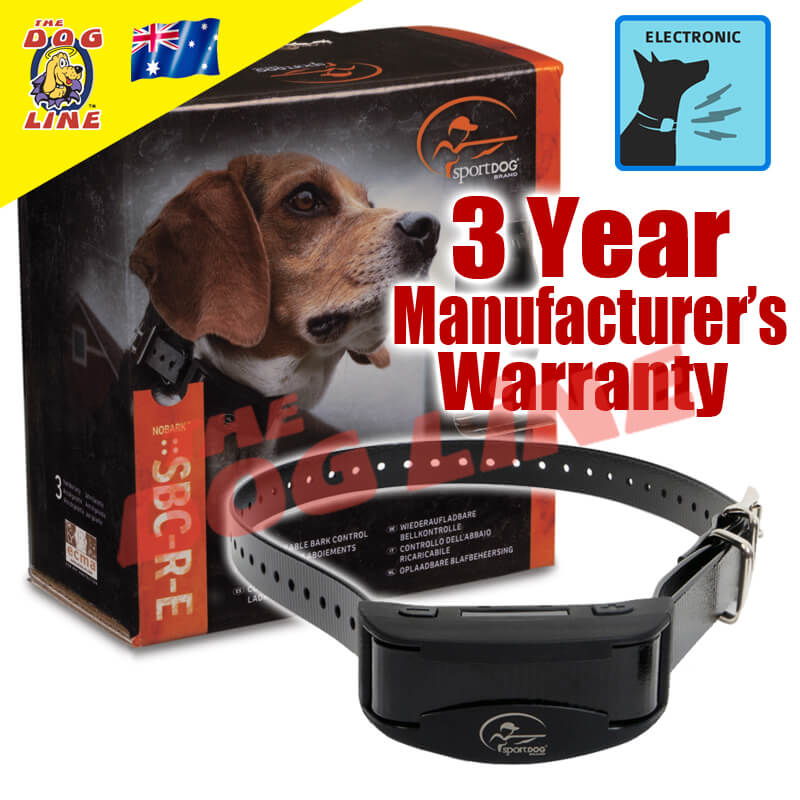 This is one of our FREEbie when you get the barking collars for dogs from us. We have compiled basic and important information that you need to know about bark control training using an electronic bark collar.
This is one of our FREEbie when you get the barking collars for dogs from us. We have compiled basic and important information that you need to know about bark control training using an electronic bark collar.
We’ve laid out the training guide in great details so you get well-informed... and you can nail the training with your dog even though you’re not a professional dog trainer.
Let Your Dog Wear the Stop Barking Collar for a Little While So He Gets Comfortable - Do Not Activate it Yet
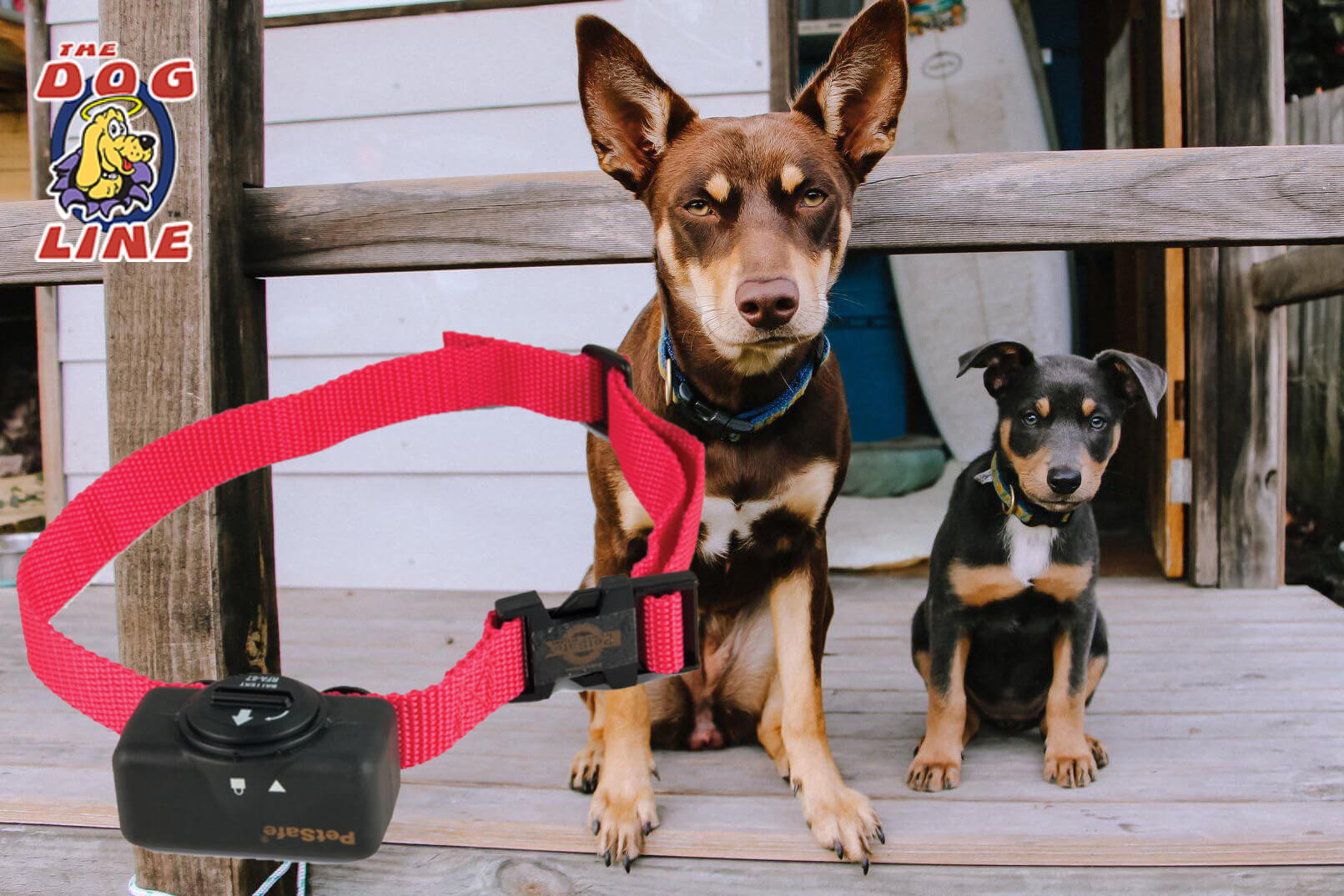 This step is important so that your dog will not become “collar-wise”.
This step is important so that your dog will not become “collar-wise”.
If you let your dog get comfortable with wearing the collar as if it’s an ordinary collar, he will not realise that the correction comes from the e-collar… instead, he will think that the stimulation comes from the unwanted barking habit.
This effectively trains your dog to quit barking at unnecessary situations such as kids passing on the streets... or at birds on trees. After your dog gets comfortable with the collar, you can activate it and start the training.
Pick the Worst Barking Situation to Train Your Dog for Bark Control
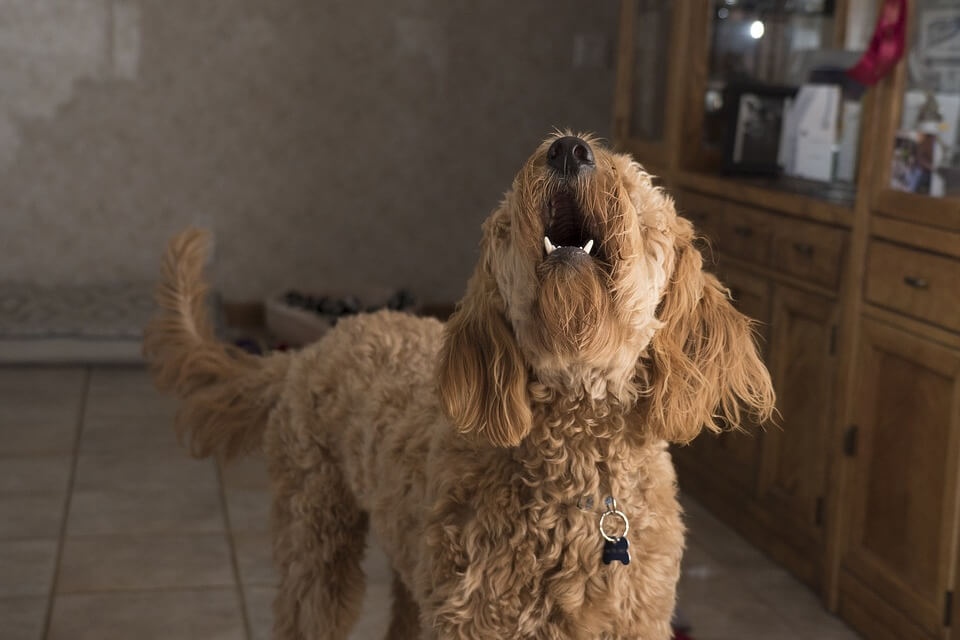 As for my dog, “Spud”, his most mundane yet worst barking trigger is the doorbell ringing - he used to bark annoyingly at people or visitors pressing our doorbell.
As for my dog, “Spud”, his most mundane yet worst barking trigger is the doorbell ringing - he used to bark annoyingly at people or visitors pressing our doorbell.
It was really a nuisance - until I get to easily train him using a bark collar with these easy steps that I am now sharing with you.
What’s your dog’s worst barking situation? Is it passing cars? Kids on bicycles? Mailmen?
Think of the worst barking trigger for your dog and use it as an advantage for your bark control training
Use a Leash During the Training to Control Your Dog When He Reacts to the Anti Bark Collar Stimulation - Do Not Attach the Lead to the Collar
 After choosing the worst barking situation or trigger for your dog, make sure that you can control your dog as he will react to the correction or stimulation.
After choosing the worst barking situation or trigger for your dog, make sure that you can control your dog as he will react to the correction or stimulation.
Please make sure to NOT attach the leash to the bark collar because this may cause tight pressure which is NOT good for dogs when wearing an e-collar.
So, I recommend that you use a dog harness instead of… or a second lead that will not tighten the anti bark collar.
Getting frightened is the common initial reaction of dogs to the bark collar correction - this is something to NOT worry about since it is just normal.
Your dog will eventually learn that the correction is caused by his unnecessary barking and will then stop the barking habit UNLESS it is needed (such as in moments of danger wherein your dog’s adrenaline may sharply spike and he can ignore the correction).
Start at the Lowest Level of Correction for Bark Control Training
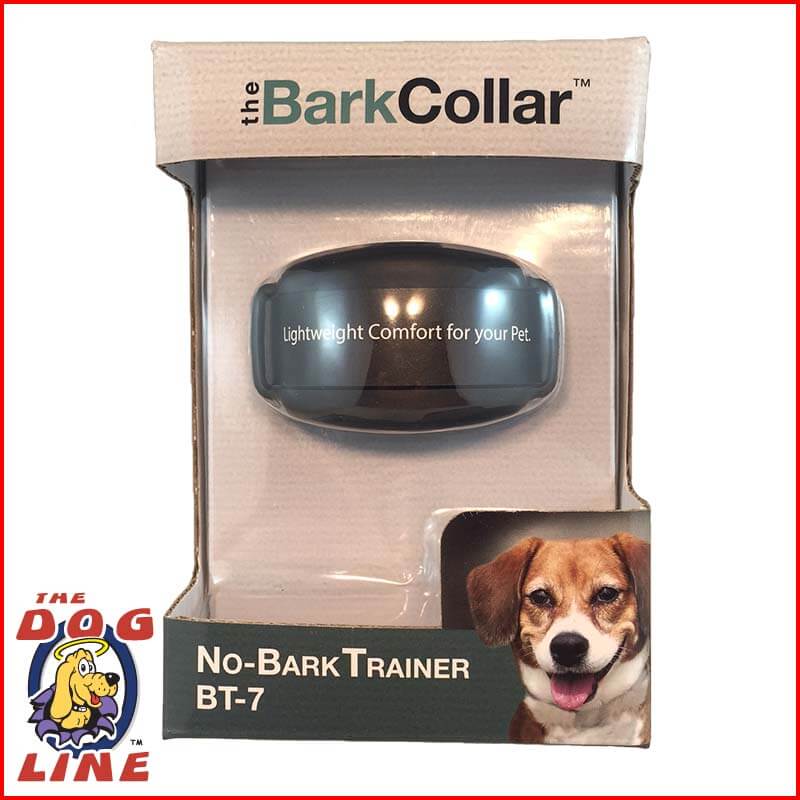 Starting at the lowest level is, of course, necessary no matter how stubborn your dog is when it comes to barking.
Starting at the lowest level is, of course, necessary no matter how stubborn your dog is when it comes to barking.
We have different anti bark collars that offer programmable levels, so you can set the level based on your dog’s “recognition level” - the level that he responds to and stops the barking episode.
However, when you first do the training, start at the lowest level of stimulation.
We also have bark collars that offer automatic and progressive levels - which easily takes care of 50% of the training.
This type of collar always starts at the lowest level and gradually increases when your dog continues to bark.
Take note that a bark collar with automatic and progressive levels of correction resets to the lowest level once your dog stops barking - this is really useful so that we do not overcorrect the dog by starting at a high level when he barks again.
In this case, we avoid startling the dog too much which prevents causing trauma to the dog.
Reward Your Dog When He Stops Barking at Unnecessary Things - This Better Helps in Making the Bark Training Efficient
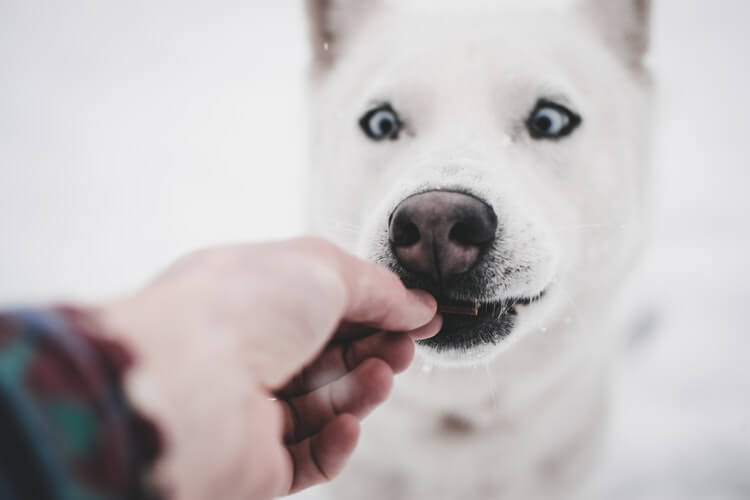 As we both know, rewards help dogs understand that they are doing the right thing… which helps them continue in doing a good job - to stop barking when it’s NOT necessary.
As we both know, rewards help dogs understand that they are doing the right thing… which helps them continue in doing a good job - to stop barking when it’s NOT necessary.
Rewards mainly come as food treats… however, you can also praise your dog or give him pats so he feels recognised for NOT engaging in a barking frenzy.
I love giving food treats to my dog, Spud, when he does not bark if someone presses our doorbell - this greatly helped him understand that if he barks when the doorbell rings, he will get a correction... but if he doesn’t, he will get a reward.
 The Dogline
The Dogline

















